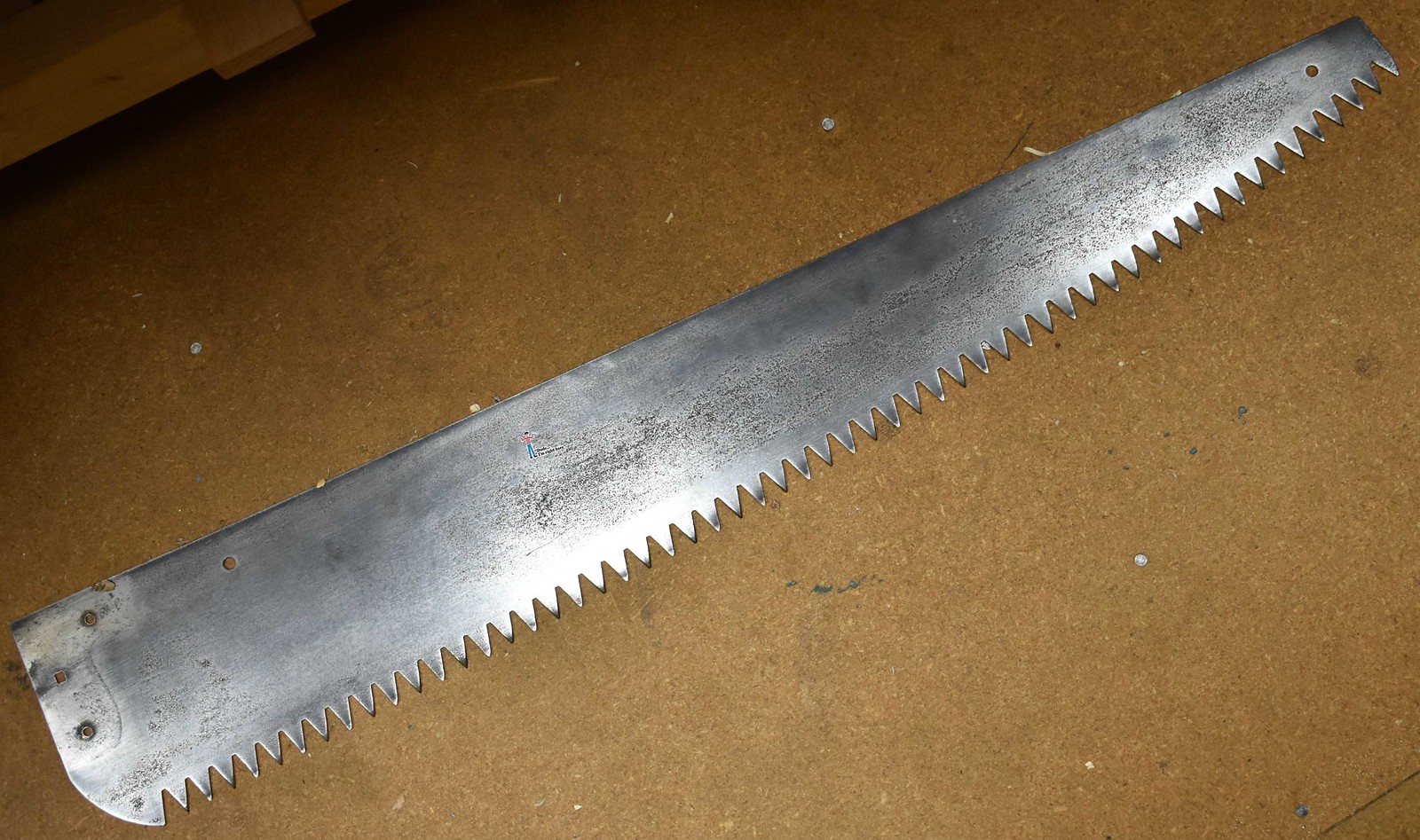Square_peg
Gold Member
- Joined
- Feb 1, 2012
- Messages
- 13,793
I hate to rain on your parade but I have some thoughts I'd like to share. Jointing, sharpening and setting a crosscut saw is a long and detailed process. When you're done the value of the sharpening work will far exceed the value of the saw. That said, I believe it's wise to invest that sharpening time in a quality saw.
I think you'd be better off leaving this saw as a wall hanger and acquiring a champion tooth or lance tooth saw to sharpen and restore.
After restoring a flat-ground lance tooth I kind of regretted investing the time in that saw. I'd suggest getting at least a taper ground saw in either champion or lance tooth patterns. Better if you can hold out for a crescent-taper saw.
And if you plan on cutting mostly hardwoods I'd lean towards a champion tooth. If you're mostly cutting conifer I'd lean toward a lance tooth.
There's certainly no harm in restoring this saw. I don't doubt you'll enjoy it and that the saw will function admirably. But you might rather invest the learning time in learning to file those other types of saws.
Apologies for being something of a wet blanket. I just figured that you and the forum should know my honest thoughts.
I think you'd be better off leaving this saw as a wall hanger and acquiring a champion tooth or lance tooth saw to sharpen and restore.
After restoring a flat-ground lance tooth I kind of regretted investing the time in that saw. I'd suggest getting at least a taper ground saw in either champion or lance tooth patterns. Better if you can hold out for a crescent-taper saw.
And if you plan on cutting mostly hardwoods I'd lean towards a champion tooth. If you're mostly cutting conifer I'd lean toward a lance tooth.
There's certainly no harm in restoring this saw. I don't doubt you'll enjoy it and that the saw will function admirably. But you might rather invest the learning time in learning to file those other types of saws.
Apologies for being something of a wet blanket. I just figured that you and the forum should know my honest thoughts.








